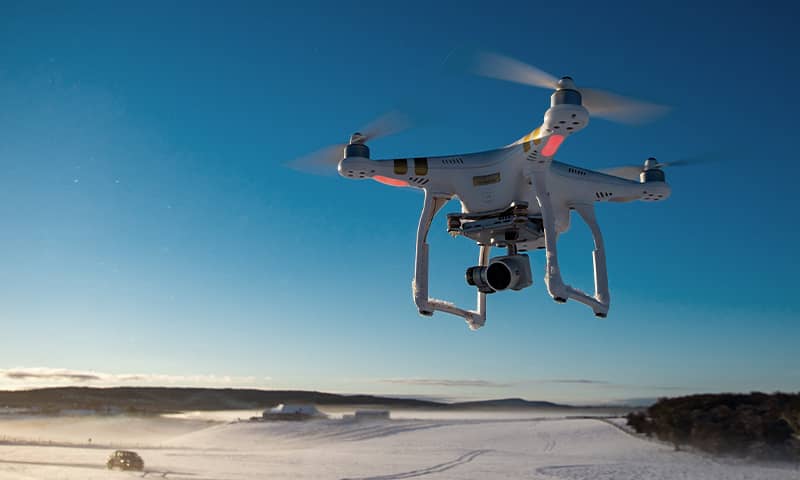Introduction
In recent years, the United Kingdom has witnessed a dramatic rise in the use of drone cameras across various sectors, revolutionizing industries and offering new perspectives on the world around us. These unmanned aerial vehicles (UAVs) equipped with high-quality cameras have expanded beyond recreational use to become invaluable tools in fields such as photography, agriculture, infrastructure, and even emergency services. This article delves into the transformative impact of drone cameras in the UK, exploring their applications and the benefits they bring to different sectors.
- A New Lens on Photography and Cinematography
Drone cameras have opened up fresh horizons for photographers and filmmakers, enabling them to capture breathtaking aerial shots that were once either inaccessible or prohibitively expensive to obtain. From sweeping vistas of iconic landscapes to dynamic shots of bustling cityscapes, drone cameras offer a unique visual perspective that enhances storytelling and engages audiences on a deeper level. They have become essential tools in the arsenal of creative professionals, ushering in a new era of innovative visual content.
- Precision Agriculture: Cultivating Efficiency
In the realm of agriculture, drone cameras have proven to be a game-changer. With the ability to capture high-resolution images and multispectral data, farmers can monitor crop health, identify pest infestations, and assess soil conditions with unprecedented precision. By analyzing the collected data, farmers can make informed decisions about irrigation, fertilization, and pest control, ultimately increasing crop yields and reducing resource waste. This integration of technology not only enhances efficiency but also contributes to sustainable farming practices.
- Infrastructure Inspection and Maintenance
Drone cameras have also found a vital role in inspecting and maintaining critical infrastructure, such as bridges, power lines, and pipelines. These aerial devices can reach areas that are difficult to access manually, minimizing the risks associated with human inspections. By utilizing drone cameras, infrastructure companies can detect defects, assess structural integrity, and carry out necessary maintenance in a safer, faster, and more cost-effective manner, ensuring the safety of the public and extending the lifespan of essential assets.
- Search and Rescue Operations
Emergency services in the UK have harnessed the power of drone cameras to enhance their search and rescue operations. Equipped with thermal imaging and high-resolution cameras, drones can swiftly locate missing persons in remote or challenging terrains, aiding in time-sensitive missions. These UAVs provide real-time situational awareness to responders, guiding their efforts and facilitating quicker and more effective rescue operations, particularly in scenarios where traditional methods may fall short.
- Environmental Monitoring and Conservation
The environmental sector has also embraced drone cameras to monitor and protect natural habitats and wildlife. Conservationists can use aerial imagery to track animal populations, study migration patterns, and assess the impact of environmental changes. Additionally, drones enable the efficient collection of data on deforestation, pollution, and climate change effects, facilitating evidence-based decision-making for policymakers and researchers striving to safeguard the UK’s natural heritage.
Conclusion
As drone camera technology continues to evolve, its impact across diverse sectors in the UK becomes increasingly evident. From captivating visual storytelling to enhancing agricultural practices, improving infrastructure maintenance, aiding emergency services, and contributing to environmental conservation, these unmanned aerial vehicles have proven to be versatile and powerful tools. The rise of drone cameras is not only transforming industries but also expanding the boundaries of human capability, enabling us to explore, innovate, and solve challenges from new heights.
